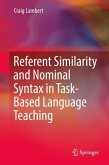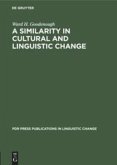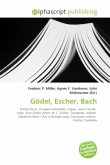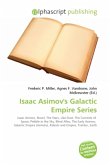In linguistics, lexical similarity is a measure of the degree to which the word sets of two given languages are similar. A lexical similarity of 1 (or 100%) would mean a total overlap between vocabularies, whereas 0 means there are no common words. There are different ways to define the lexical similarity and the results vary accordingly. For example, Ethnologue's method of calculation consists in comparing a standardized set of wordlists and counting those forms that show similarity in both form and meaning. Using such a method, English was evaluated to have a lexical similarity of 60% with German and 27% with French. Lexical similarity can be used to evaluate the degree of genetic relationship between two languages. Percentages higher than 85% usually indicate that the two languages being compared are likely to be related "dialects". The lexical similarity is only an indication of the mutual intelligibility of the two languages, since the latter also depends on the degree of phonetical, morphological, and syntactical similarity. It is worth noting that the variations due to differing wordlists weigh on this.
Bitte wählen Sie Ihr Anliegen aus.
Rechnungen
Retourenschein anfordern
Bestellstatus
Storno








